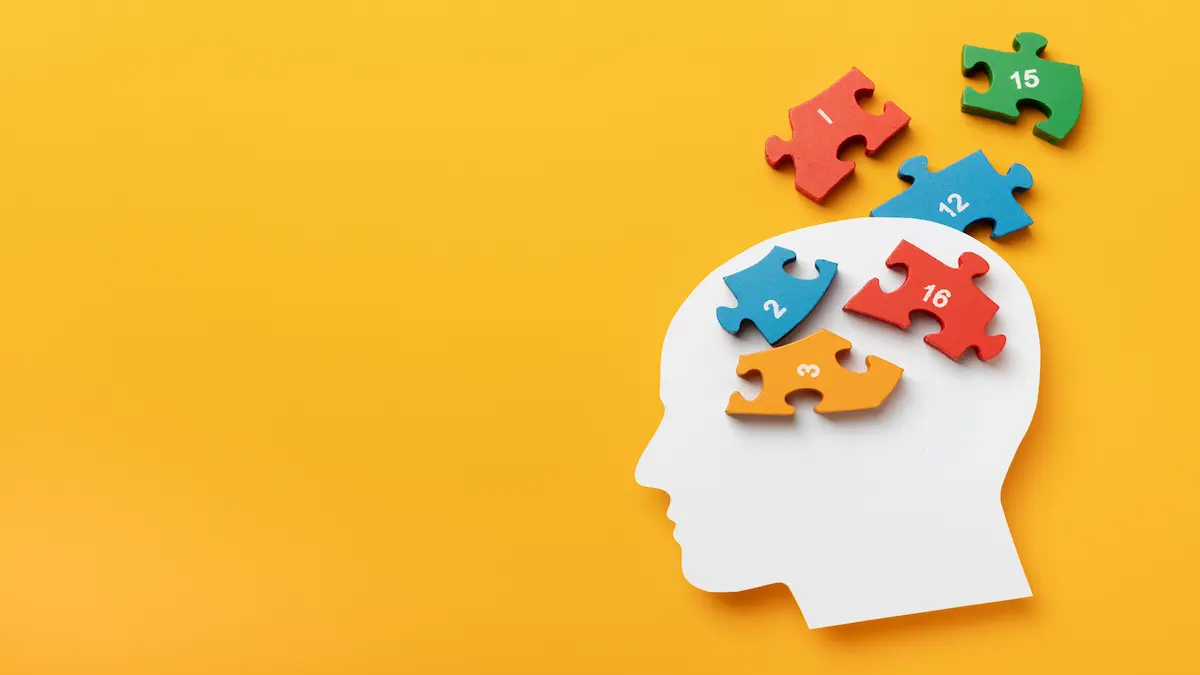
Before the lights dim and the credits roll, there’s a bigger story waiting to be understood — one that goes beyond the screen. Sitaare Zameen Par may spotlight neurodivergence, but in real life, it’s more than a plotline. It’s a lived experience shaped by unique brains, brilliant perspectives, and often, misunderstood challenges. To truly appreciate the film, let’s first explore the reality it reflects.
क्या है neurodivergence?

Neurodivergence is a term that celebrates the diversity of how human brains think, learn, and experience the world.
Meaning of neurodivergence
It refers to when someone’s brain processes, learns, or behaves differently from what’s considered “typical.”
While many people are “neurotypical” — meaning their brains function in ways society generally expects — neurodivergent individuals think, learn, and process the world differently. These differences aren’t flaws or deficits — just diverse ways of experiencing life.
Sociologist Judy Singer coined the term in the late 1990s and has since become a key part of conversations around inclusivity and mental health.
Common neurodivergent conditions
The term “neurodivergent” can refer to a broad spectrum of neurodevelopmental differences, including:
- Autism (ASD): Autism includes traits like sensory sensitivities, narrow interests, repetitive behaviors, and challenges with social communication, such as reading nonverbal cues.
- Attention deficit hyperactivity disorder (ADHD): Signs of ADHD include trouble controlling attention, like being unusually forgetful, unfocused, or disorganized, as well as hyperactivity, such as restlessness and fidgeting, and impulsivity.
- Dyslexia and other learning differences: Dyslexia involves difficulty reading, dyscalculia involves difficulty with math, and dysgraphia involves difficulty writing. While these are the most well-known, there are other learning differences, including dyspraxia, which affects physical movement and coordination.
Other types of neurodivergence include Down syndrome, Tourette syndrome, and others. Each has its strengths and challenges, and none defines a person’s potential.
Why does neurodivergence need more attention in India?
In a country as diverse as India, the conversation around neurodivergence is still far too quiet — and it’s time we start listening.
Misconceptions and lack of awareness
भारत में, neurodivergence is often misunderstood or mistaken for disobedience, laziness, or poor parenting. Terms like “hyperactive,” “slow learner,” or “problem child” are casually thrown around, masking the fundamental neurological differences beneath. Public awareness is limited, and educational institutions and workplaces often lack the sensitivity or training to identify and support neurodivergent individuals effectively.
Struggles with late diagnosis and social stigma
Many neurodivergent individuals in India go undiagnosed for years, especially girls and those in rural or low-income communities. Without early identification, they’re left to navigate a world that doesn’t understand their needs, leading to anxiety, low self-worth, and missed opportunities. And when a diagnosis does come, it often carries a heavy burden of stigma, with families fearing societal judgment more than the condition itself.
How do society and schools often fail neurodivergent children?
Despite their unique strengths, neurodivergent children often face a world that misunderstands, isolates, and sidelines them, starting with the very systems meant to support them.
The problem of labelling and exclusion
Instead of support, neurodivergent children in India are often met with labels — “difficult,” “slow,” “naughty,” or “attention-seeking.” These labels can isolate them, damage their आत्मसम्मान, and discourage them from expressing their true selves. Rather than understanding their needs, society tends to “correct” their behavior, pushing them to fit into a neurotypical mold — often at the cost of their mental and emotional well-being.
Challenges within the Indian education system

India’s education system is built mainly on standardization — fixed curricula, uniform expectations, and intense academic pressure. In such a rigid setup, neurodivergent learners struggle to thrive. There’s a lack of trained special educators, minimal classroom accommodations, and limited awareness among teachers. Many schools don’t have the infrastructure to support inclusive learning, leaving neurodivergent students feeling frustrated, overlooked, or pushed out entirely.
What role do films like Sitare Zameen Par play?
Films like Sitaare Zameen Par don’t just tell stories — they shape perceptions and spark conversations around neurodivergence that are long overdue.
Influence of cinema in creating awareness
Cinema is a powerful mirror — it shapes how we see the world and how we treat those in it. Films like Sitaare Zameen Par have the potential to spark meaningful conversations around neurodivergence, especially in countries like India, where awareness is still growing. When done right, these stories can educate, inspire empathy, and help audiences see beyond stereotypes.
Why accurate representation matters
While awareness is a good start, representation must go beyond surface-level storytelling. When neurodivergent characters are shown with authenticity and depth, it challenges harmful myths and makes room for real understanding. Inaccurate or overly dramatized portrayals, on the other hand, risk reinforcing biases. Films hold the power to normalize difference — but only if they choose to represent it responsibly.
Supporting neurodivergent individuals
Creating a truly inclusive society begins with recognizing what needs to change — from classrooms and homes to policies and mindsets.
Inclusive education and early intervention
Every child learns differently, and our systems must reflect that. Inclusive education means adapting classrooms to support all learners, not just the “average” ones. This includes flexible teaching methods, sensory-friendly environments, and access to special educators. Early intervention can make a world of difference, helping neurodivergent children build confidence and skills from the start, rather than playing catch-up later.
Importance of parental and teacher training
Support starts at home and in the classroom. Parents and teachers are often the first to notice signs of neurodivergence, but without proper training, they may misread or mishandle them. Empowering caregivers and educators with the right knowledge and tools can lead to earlier support, reduced stigma, and stronger emotional bonds. It also helps shift the focus from “fixing” the child to understanding them.
Need for better mental health infrastructure
भारत की मानसिक स्वास्थ्य infrastructure is still in its infancy, especially when it comes to neurodevelopmental care. There’s a shortage of trained professionals, limited access in rural areas, and high costs that put quality support out of reach for many families. Strengthening this system — through funding, public awareness, and policy reform — is crucial to ensure neurodivergent individuals aren’t left behind.
Embracing every mind
Neurodivergence isn’t a flaw — it’s a different way of experiencing the world. As conversations grow, and films like Sitaare Zameen Par shine a spotlight on these lived realities, we must go beyond awareness and move toward acceptance, inclusion, and action. It’s time we build a world where every mind is valued, every voice is heard, and no one is left behind for simply thinking differently.
Key Takeaways
- Neurodivergence refers to people whose brains develop or function differently for various reasons.
- Autism, ADHD, and dyslexia are some common neurodivergent conditions.
- In India, neurodivergence requires more attention due to misconceptions, a lack of awareness, and social stigma.
Stay tuned to the Activ Living Community. Keep up to date with the latest health tips and trends through expert videos, podcasts, articles, and much more on पोषण, फिटनेस, सचेतन, और लाइफस्टाइल से जुड़ी बीमारियां like Asthma, Blood Pressure, Cholesterol, and Diabetes. Activ Living ke saath sahi sehat ki shuruat ABHI karo.
You may also be interested in the following blogs:
- 4 Groundbreaking Management Strategies For Autism Spectrum Disorder
- Exploring The 3 Types Of Down Syndrome: What You Need To Know
Popular Searches
How to lower blood pressure | Fruits good for liver | Unhealthy foods | रागी के लाभ | बेसल मेटाबोलिक रेट | हाई ब्लड प्रेशर के लिए एक्यूप्रेशर पॉइंट्स | Ayurvedic medicine for blood pressure | How to control cholesterol at home | Homeopathy for Asthma | Biological Age | Home remedies for TB | Natural beta blockers | Negative effects of internet | Types of walking | ब्लड प्रेशर कैलकुलेटर | ब्लड शुगर कैलकुलेटर | BMI कैलकुलेटर





 1800-270-7000
1800-270-7000





